Copyright 2021 Evolution Reptiles
All rights reserved.
Copyright 2025 Evolution Reptiles
All rights reserved.
All rights reserved.
Home / Starter Kits & Setups / Terrestrial Tarantula Terrarium Setup
£243.23 – £268.23 Original price was: £243.23 – £268.23.£228.53 – £243.53Current price is: £228.53 – £243.53.
Creating a suitable terrestrial tarantula habitat for species like Brachypelma, Aphonopelma, and Grammostola is crucial for their well-being.
Creating a suitable terrestrial tarantula habitat for species like Brachypelma, Aphonopelma, and Grammostola is crucial for their well-being. Here’s a detailed description of our Terrestrial Tarantula Terrarium Setup using the mentioned equipment:
Begin with an Exo Terra 45x45x30 cm (18x18x12 inches) glass terrarium. This size provides ample space for your tarantula and allows for easy maintenance and observation.
Place a ProRep heat mat on one side of the terrarium to create a temperature gradient. Ensure that the heat mat is controlled by a thermostat, in this case, a Microclimate Ministat, to maintain the desired temperature range for your tarantula species. These species typically require a temperature range of 21-27°C.
Use a Zoo Med digital thermometer with a probe to monitor the temperature gradient in the enclosure. Place the probe in the warm side to ensure the proper thermal gradient is maintained.
Fill the terrarium with ProRep Spider Life Substrate. This substrate is specifically designed for tarantulas and provides good moisture retention while allowing for burrowing. Ensure the substrate is deep enough for your tarantula to dig and create burrows.
A piece of ProRep cork bark provides a natural hiding place and climbing surface for your tarantula. Place it diagonally across the terrarium to create a hide while also allowing your tarantula to climb and explore.
If you choose you can add the Zoo Med LED light and Zoo Med Nano Dome Lamp Fixture to provide gentle ambient lighting for viewing the enclosure and to simulate day and night cycles, although this is not strictly necessary.
You can add some artificial or live plants or other decorative elements to make the enclosure visually appealing, but ensure they don’t overcrowd the terrarium.
Regularly check and adjust the temperature and humidity levels to meet the specific requirements of your tarantula species. Clean and replace the substrate as needed, typically every few months, while providing fresh water regularly.
Remember to research the specific needs of your tarantula species, as there may be slight variations in care requirements. By setting up this terrarium according to their needs, your Brachypelma, Aphonopelma, or Grammostola tarantula will have a comfortable and safe home to thrive in.
Here is a list of some of the species of Brachypelma, Aphonopelma, and Grammostola tarantulas that could be housed in our Terrestrial Tarantula Terrarium Setup.
1. Brachypelma smithi – Mexican Red Knee Tarantula
2. Brachypelma albopilosum – Curly Hair Tarantula
3. Brachypelma boehmei – Mexican Fireleg Tarantula
4. Brachypelma auratum – Mexican Flame Knee Tarantula
5. Brachypelma emilia – Mexican Red Leg Tarantula
1. Aphonopelma chalcodes – Arizona Blond Tarantula
2. Aphonopelma hentzi – Texas Brown Tarantula
3. Aphonopelma anax – Texas Tan Tarantula
4. Aphonopelma moderatum – Rio Grande Gold Tarantula
5. Aphonopelma iodius – Western Red-legged Tarantula
1. Grammostola rosea – Chilean Rose Hair Tarantula
2. Grammostola pulchripes – Chaco Golden Knee Tarantula
3. Grammostola pulchra – Brazilian Black Tarantula
4. Grammostola actaeon – Brazilian Giant White Knee Tarantula
5. Grammostola grossa – Brazilian Black and White Tarantula
Please note that these are just a few examples, and there are many more species and subspecies within the Brachypelma, Aphonopelma, and Grammostola genera. Each tarantula species may have specific care requirements and characteristics, so it’s essential to research and provide appropriate care for the particular species you own.
| Weight | N/A |
|---|---|
| Dimensions | N/A |
| size | 45x45x30cm |
| Weight | N/A |
|---|---|
| Dimensions | N/A |
| size | 11×11" 12W |
| Weight | 0.5 kg |
|---|---|
| Dimensions | 20.5 × 15 × 6.2 cm |
| Weight | .02 kg |
|---|---|
| Dimensions | 10.5 × 18 × 1.5 cm |
| Weight | 4.5 kg |
|---|---|
| size | 10 litre |
| Weight | 0.07 kg |
|---|---|
| Dimensions | N/A |
| Size | 25g Bag, 200g Box, 500g Box |
| Weight | 0.55 kg |
|---|---|
| Dimensions | 43 × 15 × 4 cm |
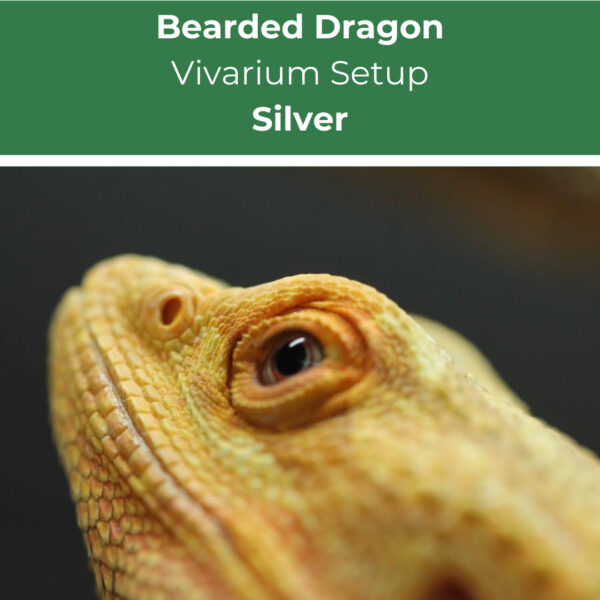
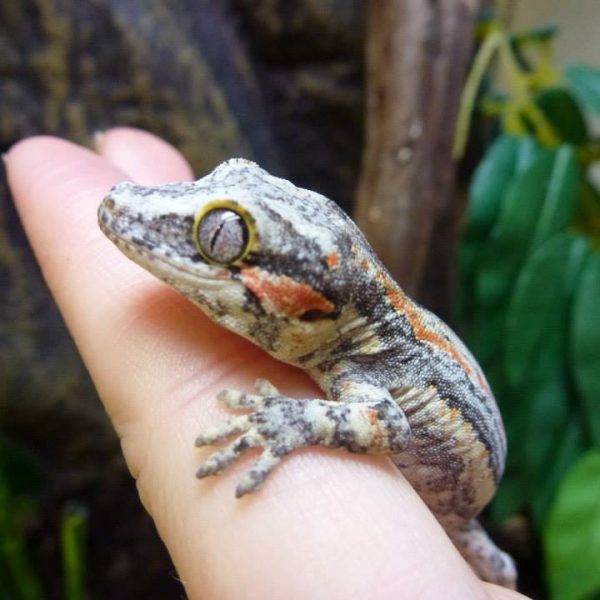
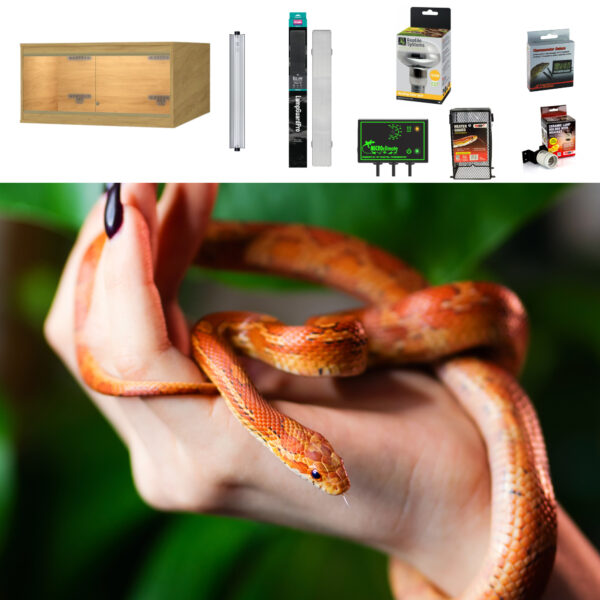
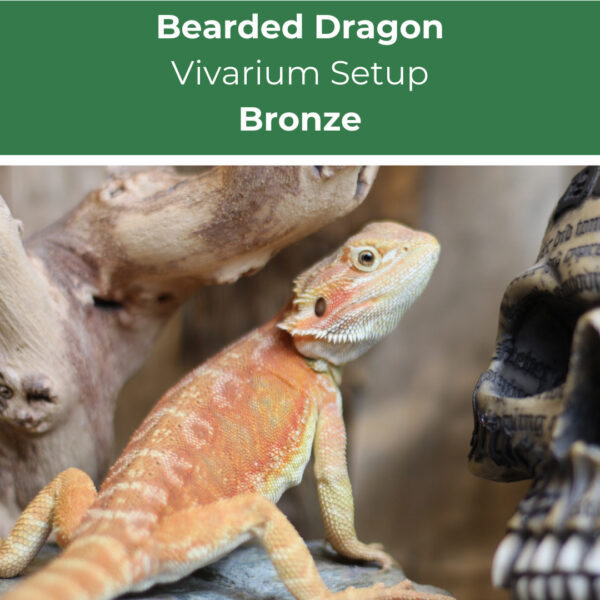
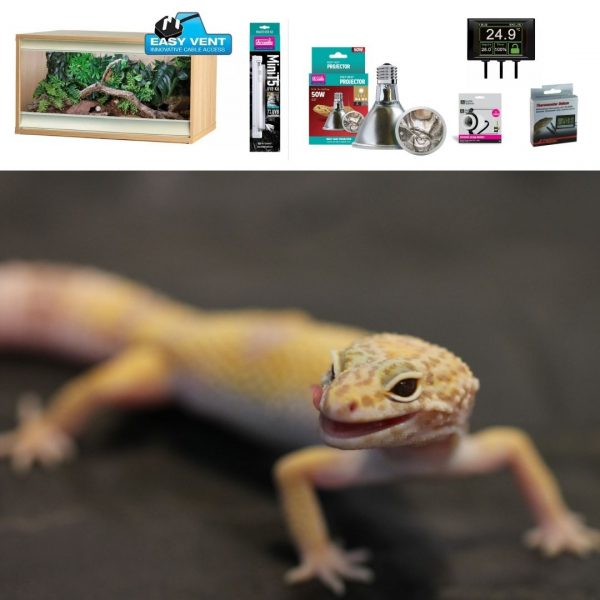
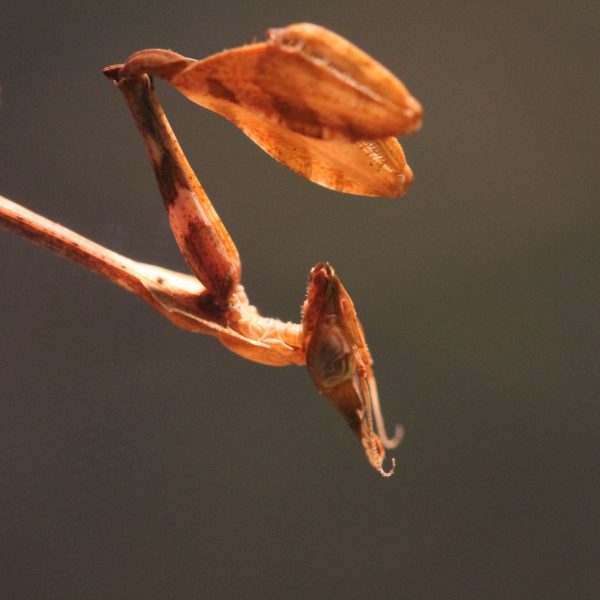
Copyright 2021 Evolution Reptiles
All rights reserved.